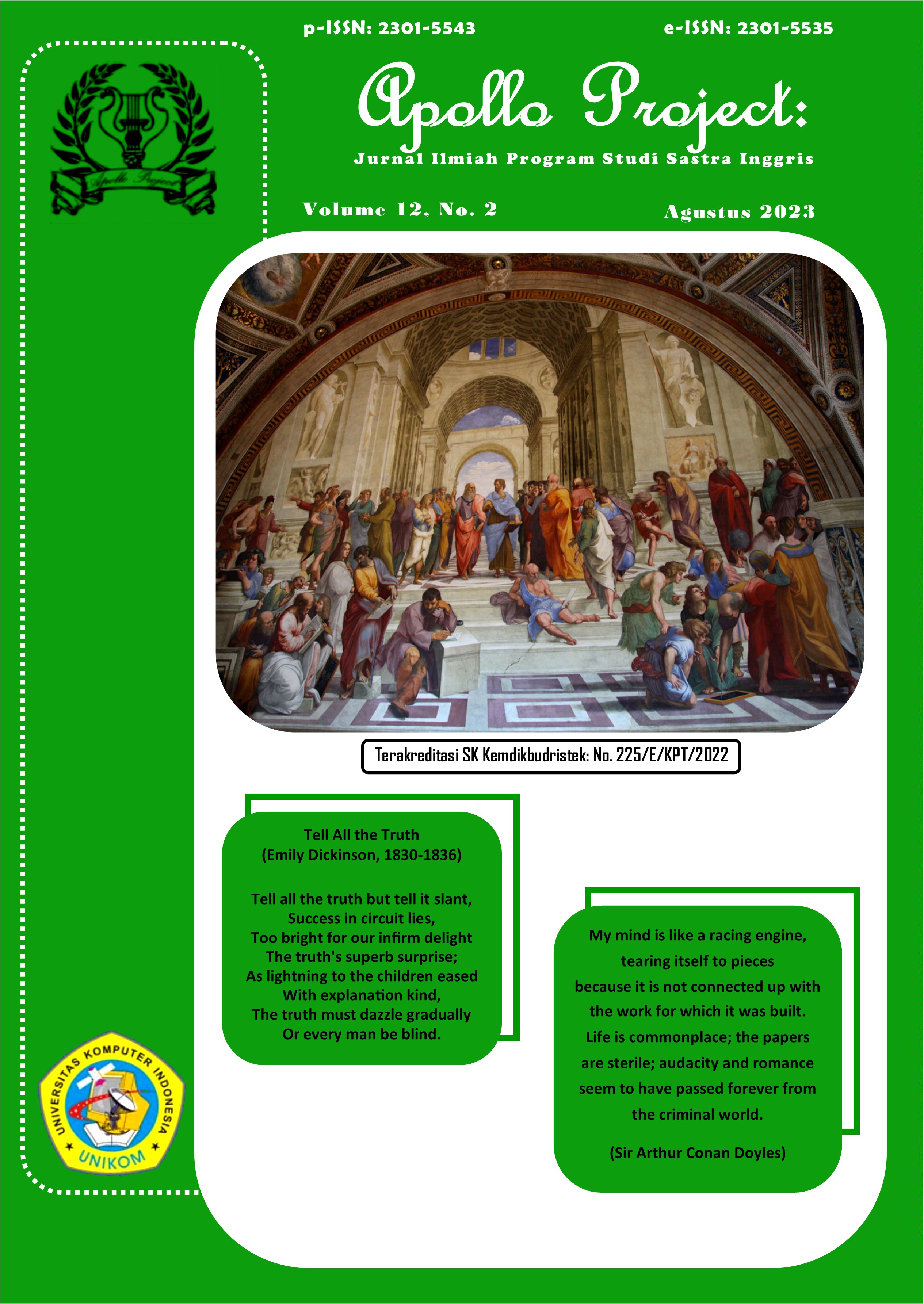Unraveling the Power of Video Content and Unleashing Engagement as Multimodal Texts in Indonesia
Main Article Content
Abstract
This study intends to investigate the level of viewer engagement in co-produced video. The focus is primarily on the performance of the video content. How video engagement promotes video’s effectiveness is an issue of practices in the measurement and improvement of persuasive technology. The video content, as a multimodal text, has the power to change viewer’s attitudes and behaviors. In addition, studies noted that viewer engagement is necessary to determine the success of video content creation for specific purposes, for example, creating brand equity. Using the Video Dokumenter Pengabdian kepada Masyarakat Program Insentif Kemendikbud 2022 as a case study, Kalodikis’ model was applied to measure audience engagement. Questionnaires collected at a single point in time were used to illustrate participant’s assumptions. A cross-sectional qualitative study with interaction analysis was applied to describe video engagement metrics and how they correlated to participants’ evaluations of the video. The results highlight multiple images displayed in sequential order and show that audio reinforces the message conveyed in the visual and verbal elements of the scheme. Message framing is created through frame per second, image resolution, bit depth, and time. The obtained results indicate that there is still room for improvement.
Keywords: Video content, Multimodal text, Video engagement, Viewer engagement

